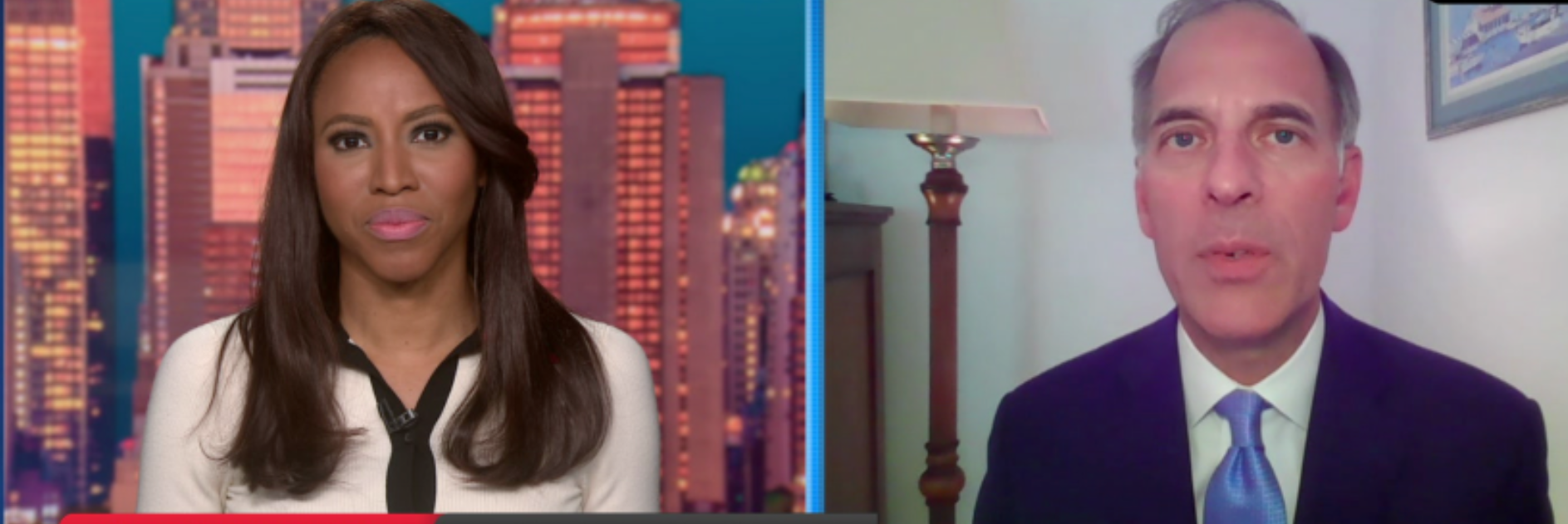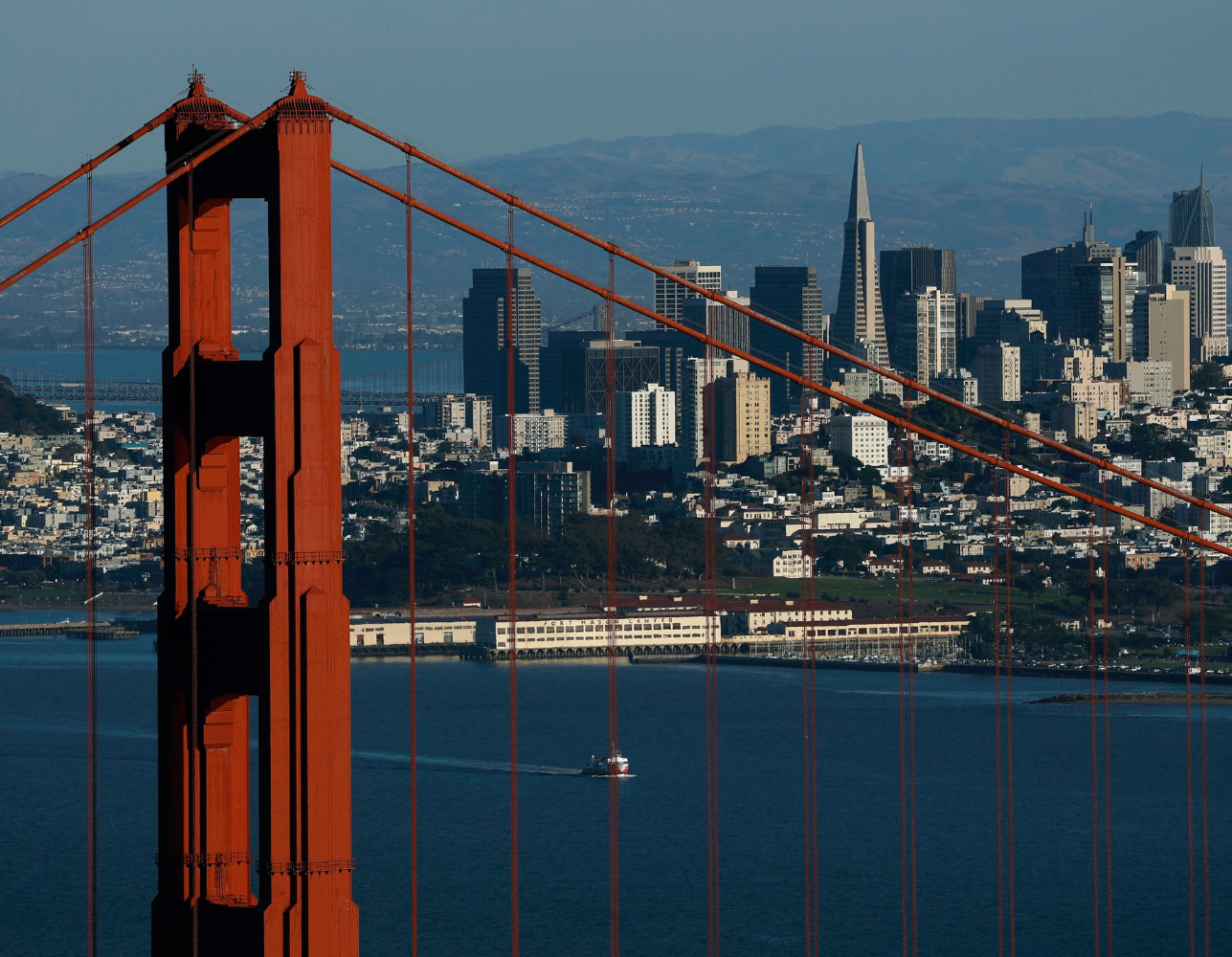The S&P 500 officially entered a bull market on Thursday, gaining 20% off of its lows in October.
But those big gains came from just a few tech and AI companies with mega-cap stocks that are soaring higher. Cyclical and smaller companies are still largely struggling.
This consolidated power, which allows just a few companies to swing the direction of markets, is part of a strange trend that has surfaced in the American financial landscape: The number of publicly held companies is shrinking.
Why it matters: The count of publicly listed companies traded on US exchanges has fallen substantially from its peak in 1996. Back then, the number exceeded 8,000 companies. Today that count has dropped by more than 50% to just 3700, according to data from the Center for Research in Security Prices.
It’s not that America has half as many companies as 30 years ago – it’s that companies are increasingly staying private, largely outside the scrutiny of the public eye. Publicly listed companies are subject to regulatory oversight and disclosure requirements, which help ensure transparency and maintain investor confidence. With fewer companies listed, there may be a decrease in overall transparency and investor trust in the market, said Matthew Kennedy, head of data and content at Renaissance Capital. .
It also consolidates power and leads to a lack of competition: Just two stocks, Apple (AAPL) and Microsoft (MSFT), account for about 15% of the entire S&P 500.
Why it’s happening: The pandemic-induced recession in 2020 and subsequent cycle of sky-high inflation rates have exacerbated the downward trend, say economists.
Fears of a softening economy and market volatility have caused initial public offerings to dry up almost entirely. In 2022 the US IPO market fell 94.8% to $8 billion, a 32-year low. That downturn has continued; the total capitalization of new stock in the first quarter of 2023 declined by 60% relative to last year, reported CRSP.
“I think it’s natural that companies would delay going public when valuations get halved and investors are not enthusiastic about investing in new companies,” said Kennedy.
Bankruptcies, meanwhile, have reached their highest level since 2010, erasing names like Bed Bath and Beyond and Party City from exchanges.
Prevailing economic conditions mean that companies just aren’t interested in going public right now. That’s not good for the economy, say economists.
“With inflation remaining elevated, the costs of capital will also remain elevated, which will continue to put downward pressure on tech, growth, and venture capital,” said Torsten Slok, chief economist and partner at Apollo Global Management.
A story of private equity: There are now about five times as many private equity-backed firms in the US as there are publicly held companies, said economists at Wells Fargo on Thursday.
The trend has been growing for some time. In 1999, the average US technology firm transitioned to the public markets after four years, according to Wells Fargo. By 2019, that figure increased to 11 years.
“Companies that remain private can avoid the burden and cost of regulatory requirements and focus on long-term strategic plans,” they wrote.
Some private equity funds have even taken advantage of the bear market to buy up publicly traded companies.
Over the past 25 years, private equity investments have consistently outperformed global equities, fixed income and small-cap equities by a wide margin, reported the Wells Fargo analysts on Wednesday.
Incarcerated people in the United States are shelling out more for staple items like soap, paste, coffee and peanut butter than they did at this time last year according to a new report by The Marshall Project.
The report found that a jar of peanut butter now costs between 25% and 35% more than it did a year ago. In one prison, the cost of a pack of instant ramen costs 68% more than it did last year. And on average, a 10-ounce pouch of beans that cost $1.21 cents in September 2021 now costs $1.51.
States also typically add a steep tax to items purchased at prison commissaries, which adds as much as 66% on to their price.
State prisoners, meanwhile, rarely see cost-of-living raises to their pay. Over 65% of the more than 1.2 million people incarcerated in state and federal prisons work while incarcerated, according to an ACLU report. Of those who are paid at all, wages are typically between $0.14 and $0.63 an hour.
America has lost half its public companies since the 1990s. Here’s why




